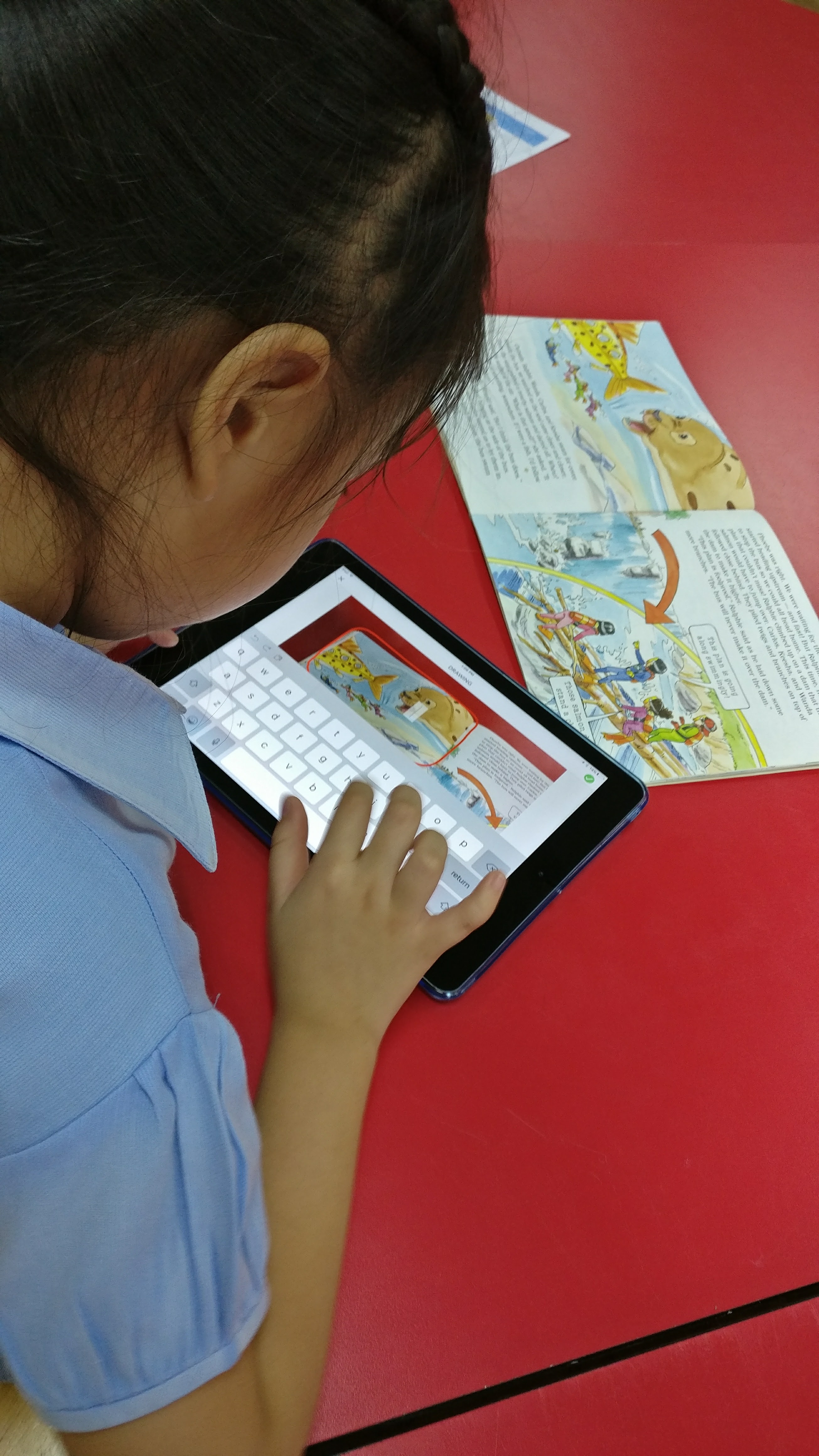Since its successful launch Seesaw has been upgraded gradually by adding new features as the version number grows. The latest upgrade might be the most significant yet as definitely requires some closer look. The reason for this buzz that Seesaw is stirring in education is very multifaceted, hence making it a wonderful topic. Here are couple of reasons why I like Seesaw:
- Seesaw from the get-go really swam against the stream by abandoning Apple’s design philosophy, instead, they offered an app that actually works (and works well) with others: They call this appsmashing
- Seesaw is designed to be platform independent
- Seesaw is designed to be flexible, as a tool, it is completely hackable, so it molds into what its users want it to be, instead of forcing users to conform to its design
- Empowers especially young learners who can’t read yet to be reflective and take ownership of their learning by reflecting and sharing their thinking
Why is this so important? Because of there’s a range of uses for ICT in schools, this post will focus on teaching and learn in an inquiry-based learning enhanced by ICT.
Specific educational uses include:
• Development of a broad set of information literacy and related skills. The umbrella term information literacy describes the ability to access and manage information, evaluate information using critical thinking skills as well as collaboration and communication skills;
• Using the Internet to gather information for research and projects, and for educator resources and learning support materials;
• Using specialist educational software for specific curriculum objectives;
• Using basic ICT applications to enhance teaching and learning, developing computer literacy skills in the process;
• Facilitating communication to support a range of communication strategies amongst educators and learners across the globe and within the school;
• ICT-related learning areas, such as Information Technology or similar subjects.
Key factors of effective integration of ICT into learning and teaching are simple and easily identified. As in any change management having a model is crucial. Key factors to implement a procedural change in pedagogy are as follows: (Also known as Kotter’s model of Change)
- CREATE A SENSE OF URGENCY
- BUILD A GUIDING COALITION
- FORM A STRATEGIC VISION & INITIATIVES
- ENLIST A VOLUNTEER ARMY
- ENABLE ACTION BY REMOVING BARRIERS
- GENERATE SHORT-TERM WINS
- SUSTAIN ACCELERATION
- INSTITUTE CHANGE
To bring Seesaw into the classroom we need to push something into the classroom that will impact pedagogy and day to day procedures. This is, according to Dylan Wiliam, one of the hardest things to do, even when teachers agree and have a buy-in. What makes it hard is that we need to make a conscious choice of not doing something in order to replace it with something new. Therefore the sense of urgency is imperative, teachers need to have a reason to make this jump. Secondly, we need to provide guidance and support – luckily (or strategically) Seesaw provides PD in PJs and we can encourage for staff Professional Learning Communities to offer a platform for teachers to share their experiences. Vision is needed for the early adopters to have the sense of reassurance, there is a grand plan that they are implementing and that they will have resources to support their journey. The early adopters are crucial in order to start a movement as Derek Sivers explains in his TED talk:
Change agents need to have a clear and effective communication channel to facilitate action by removing all unnecessary obstacles, in Seesaw’s case those could entail problems with devices or simple software skills. Short term goals with Seesaw are obvious and numerous from the get-go, student engagement, and enthusiasm, as well as improved reflections all, speak volumes. In order to keep the momentum going, we need to readjust and reinforce the sense of urgency and rewards. Once the early adopters are ready to share their first impressions make sure to roll out Seesaw school-wide and add a new urgency that will allow all to feel the need for change.
Here are some examples why we should try to instigate this change:
By using a flexible, hackable app we can make a safe bet that it will modify and fit our students’ needs.
The latest update 5.0 brings us the use of activities, for me, this is a possible killer feature that will encourage some of the technology fearing teachers to try this. Because now Seesaw completely supports the SAMR model, by allowing the teachers easily to Substitute first before trying to move radically forward.















